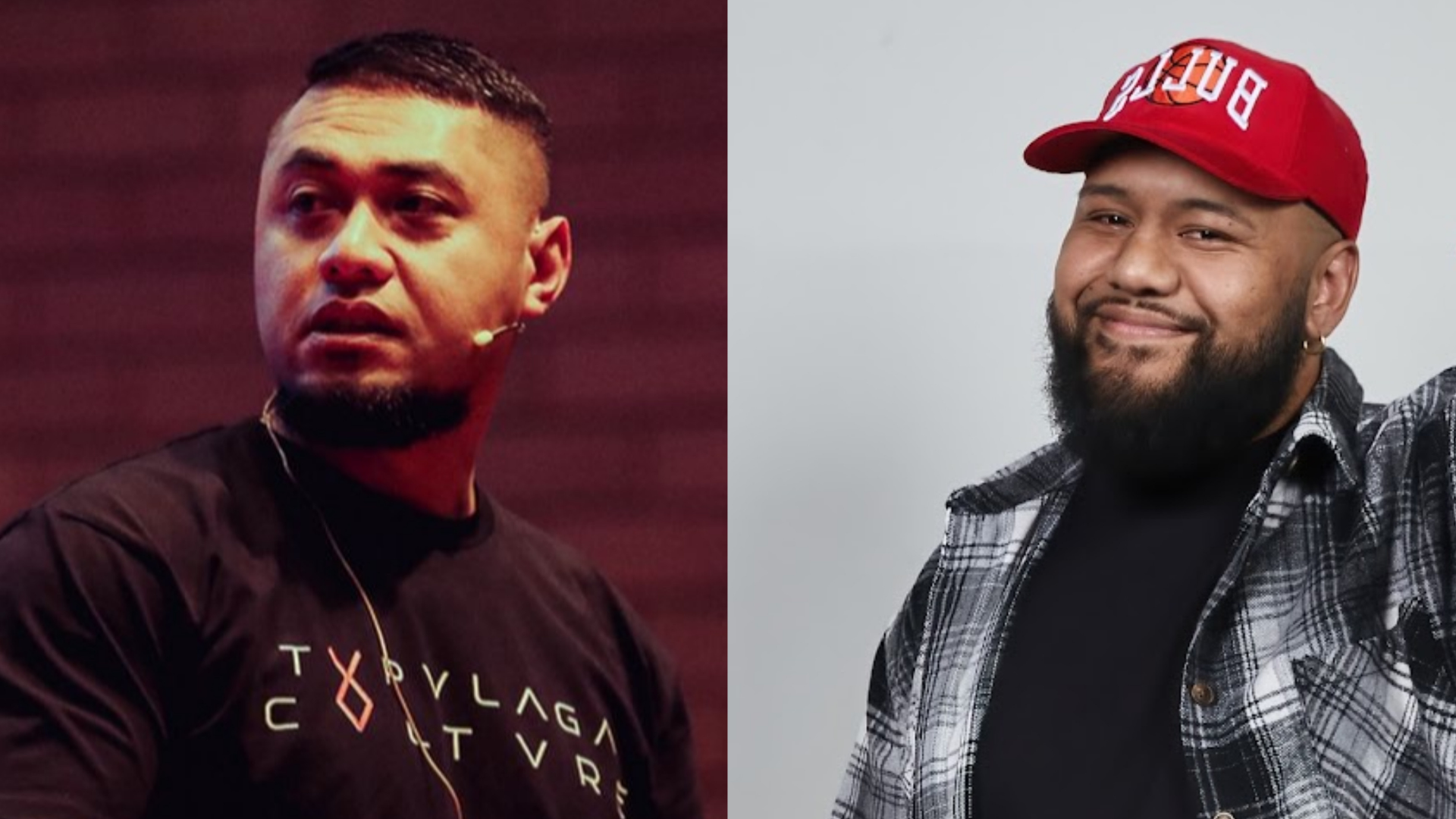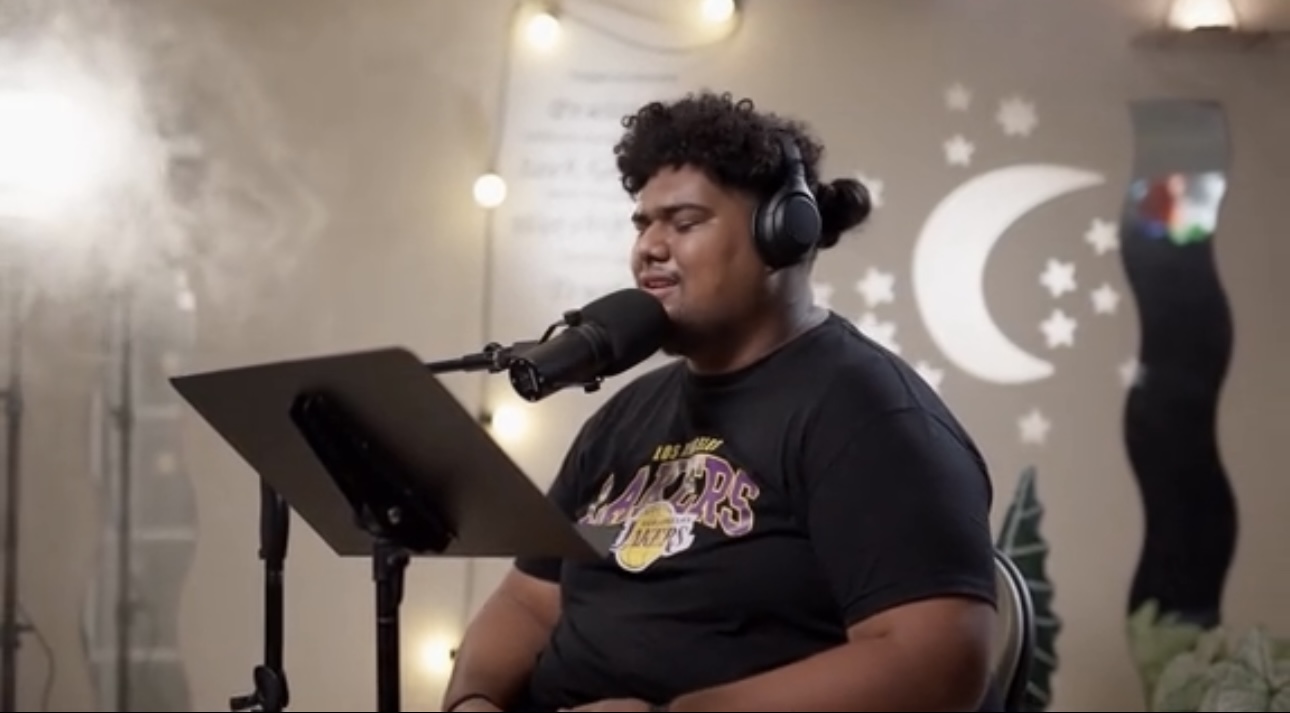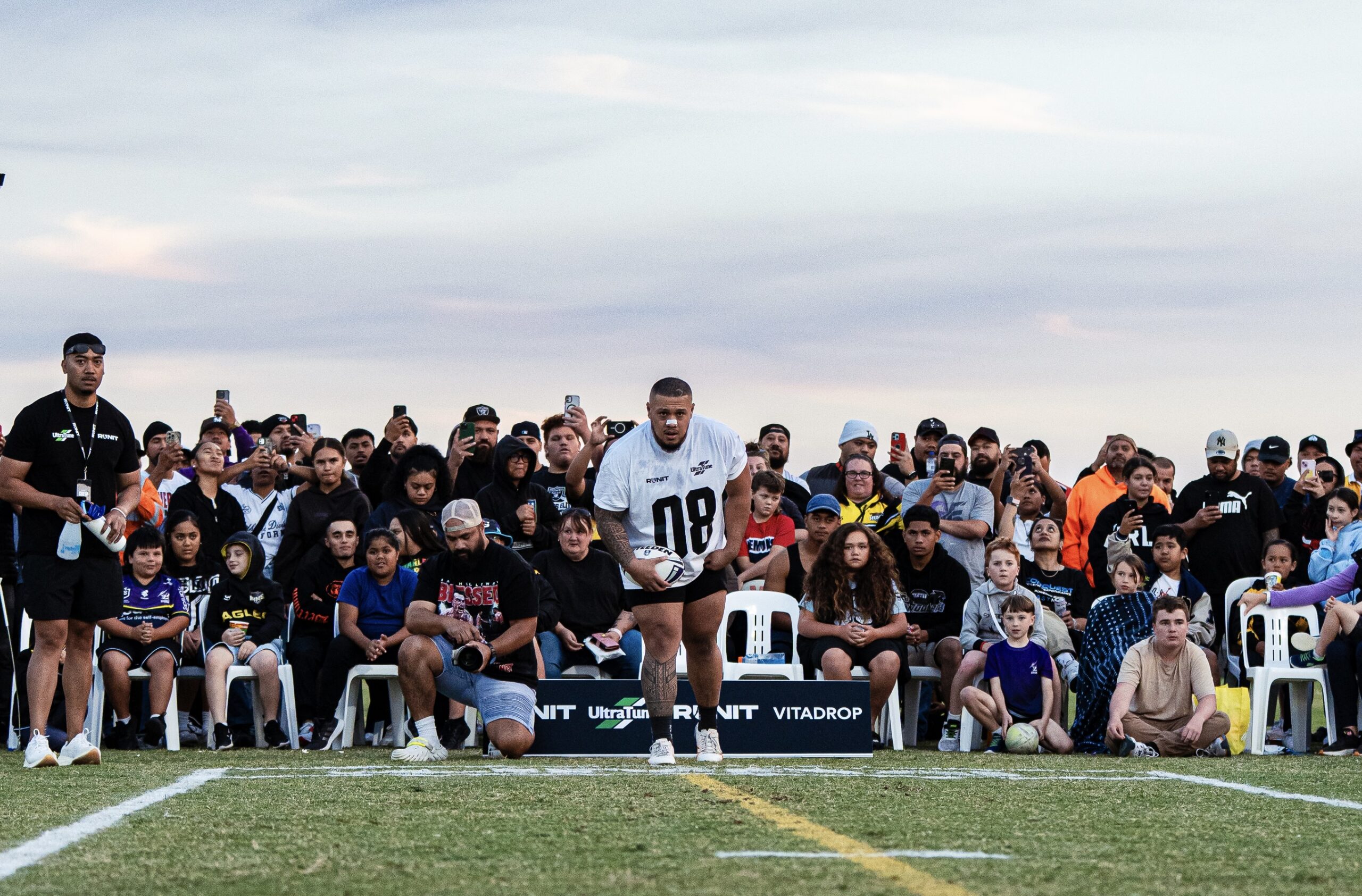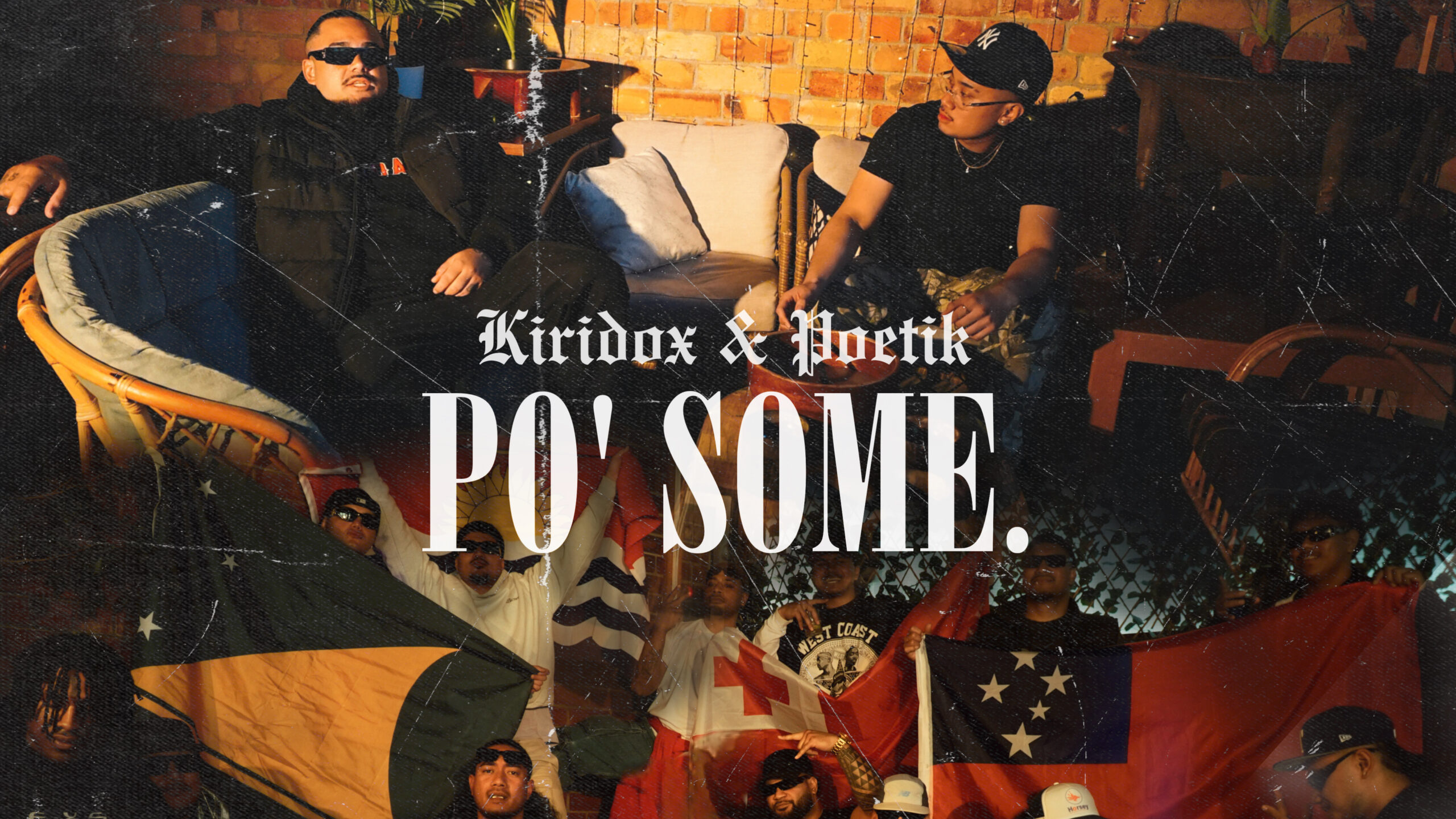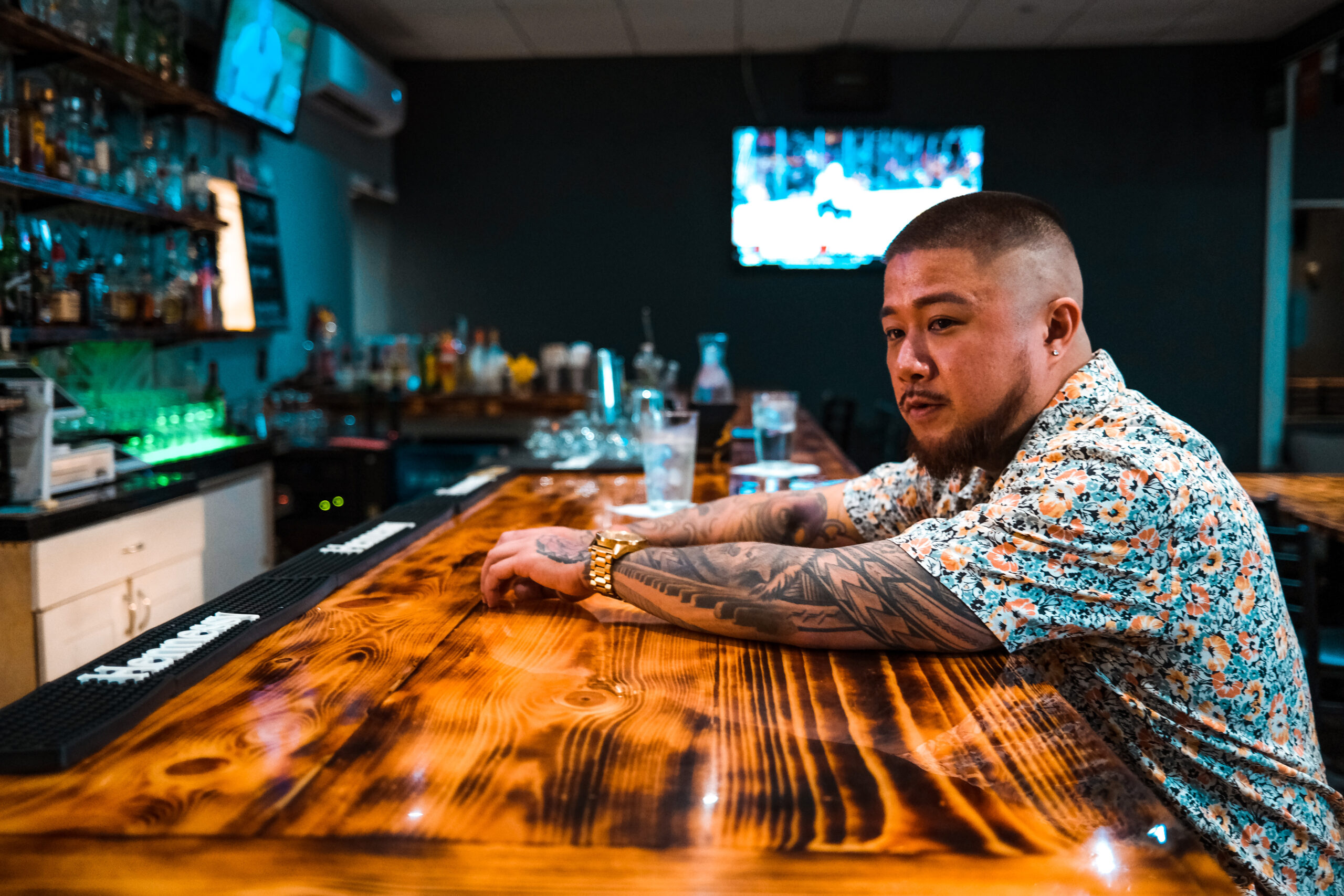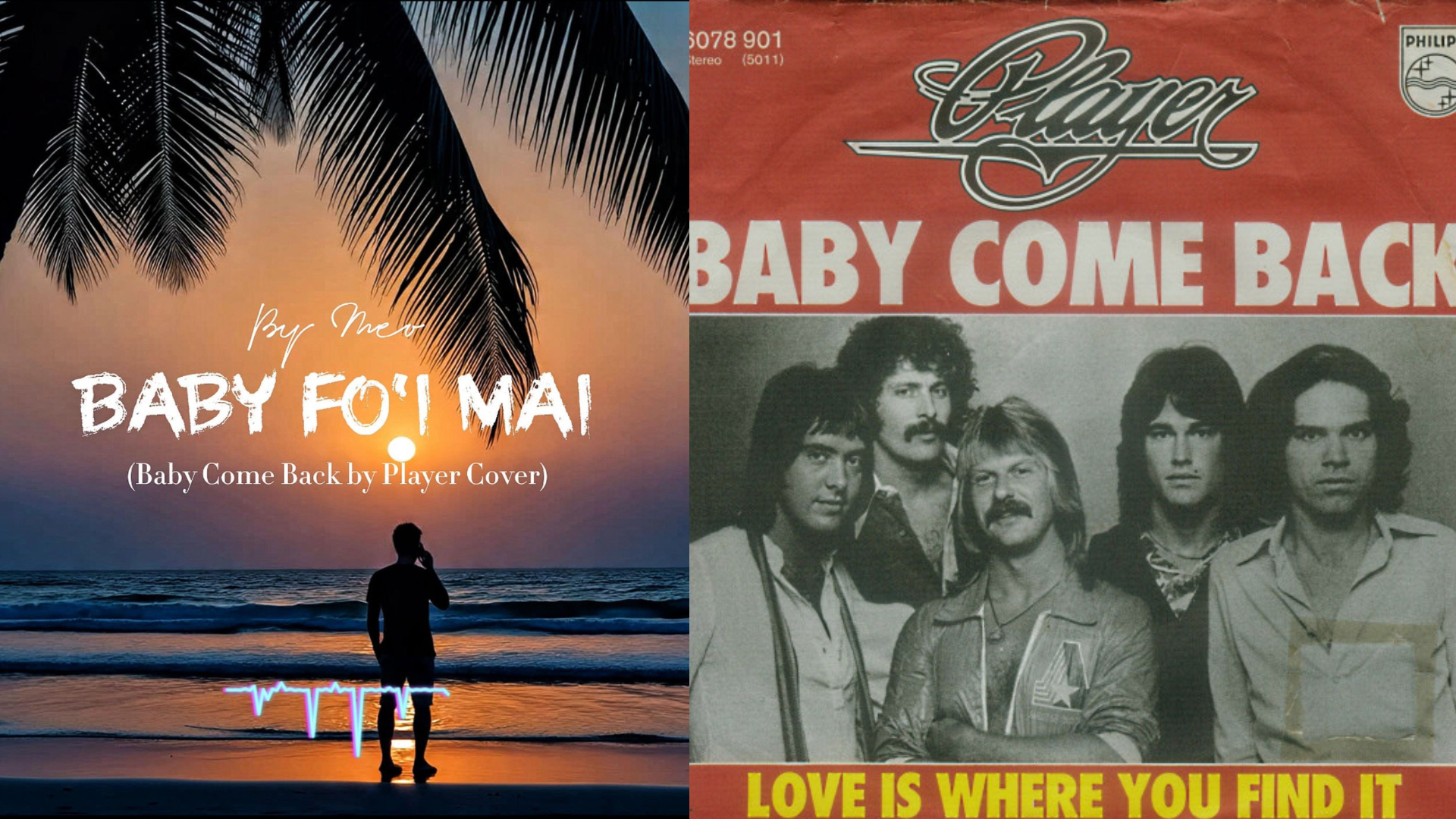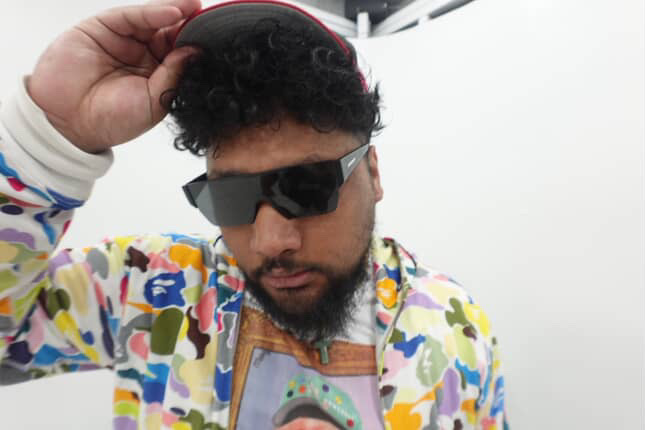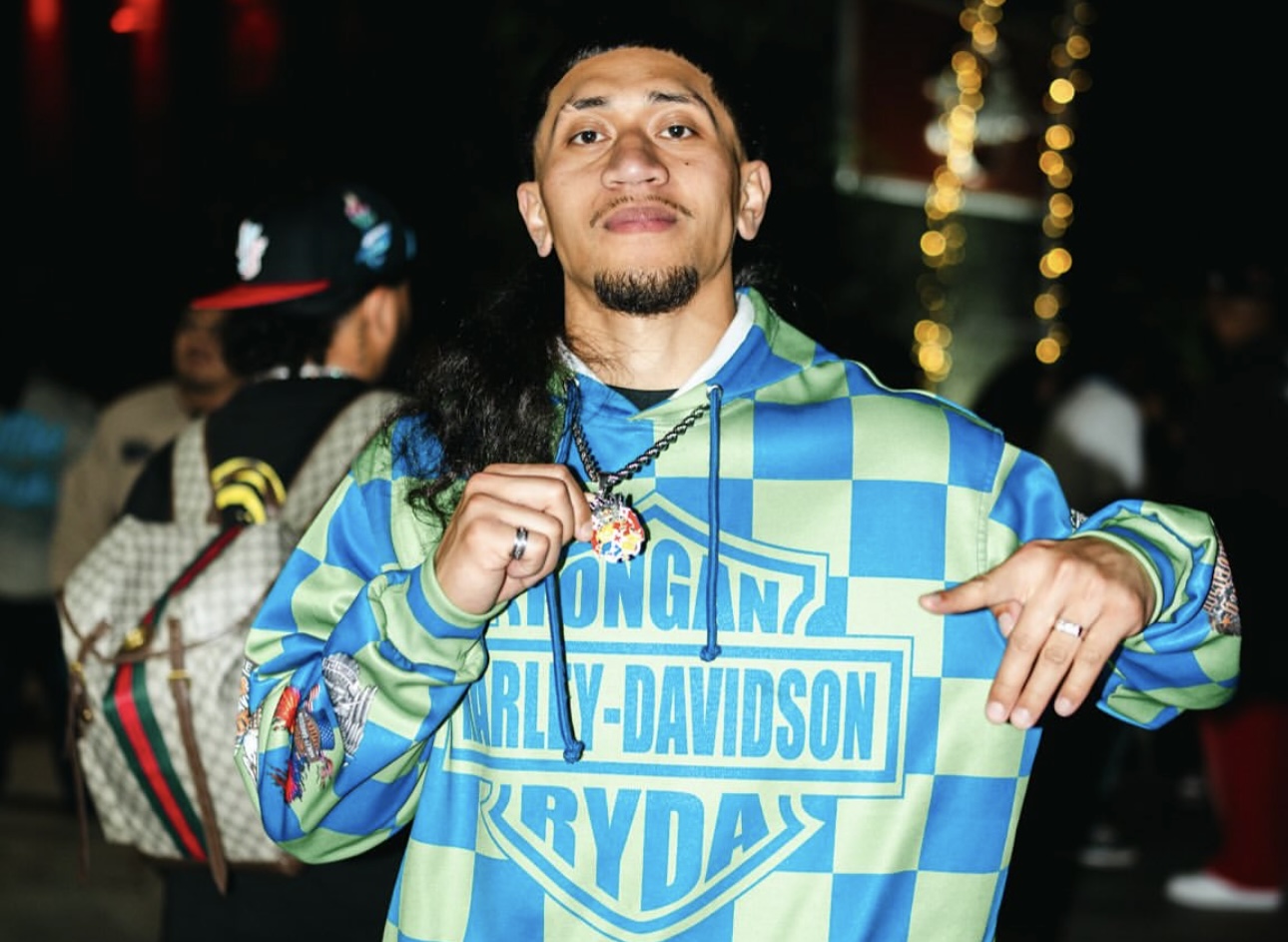We’ve all come to love Wayno’s iconic Siva Samoa mixes, and this year’s release, Siva Samoa 2k24, is no exception! Hearing the snippet Wayno posted on Instagram a few weeks ago, the lyrics struck me, a verse that brought back memories of the Le Masiofo Siva Academy’s 2023 performance in Melbourne, Australia. Their powerful performance, using these same lyrics, captured the attention of the Samoan community and beyond, flooding social media feeds, especially on TikTok.
“O LE TOFI O LE TEINE SAMOA,IA MALAMALAMA I LE TA’IGA O LE SUA LE PALU AVA MA LE SULA TOGA IA MANATUA A O TUPULAGA TALAVOU I NEI ASO OKA SE MANA’O E FA’AALIALI MALU AE OTI LE FA’ASAMOA UA NA’O LE NANU FAAMOLEMOLE SI O’U TEI UFIUFI LOU MALU.”
The lyrics of this verse are now echoing even louder as people around the world share their Siva moves in response to Wayno’s latest release. But the credit for the heart of this piece belongs to Musu Tupu Sitagata— the talented composer and lyricist behind the words that resonate so deeply. When I had the chance to sit down with Musu, it was a rare and special opportunity to uncover the inspiration and purpose embedded in his lyrics. This is the story of his cultural journey, a love letter to his people, and a call to reconnect with the depths of Fa’a Samoa.
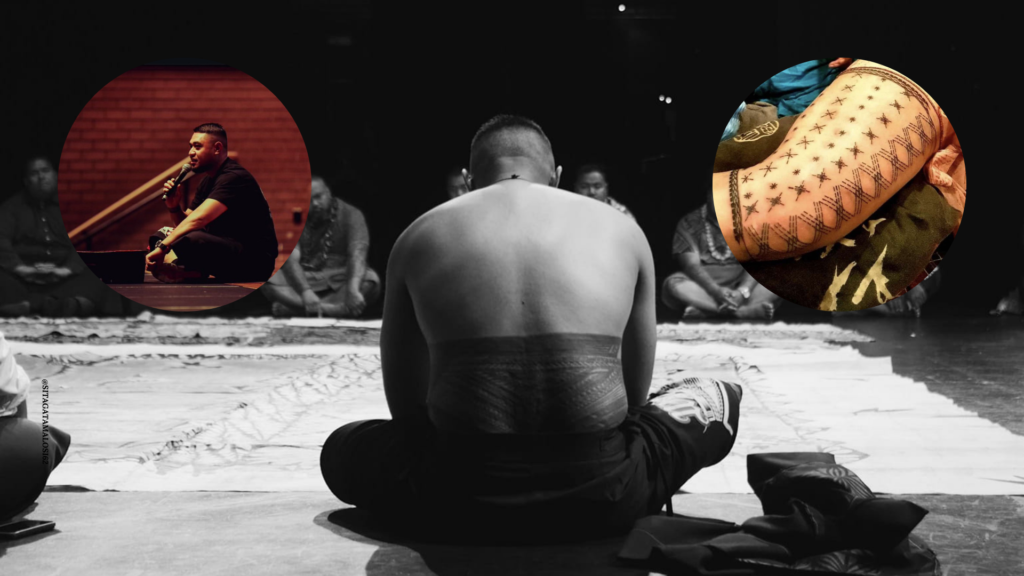
The Origins of an Anthem
When asked about the inspiration behind these powerful words, Musu shared that they originated from his younger brother’s request. Back in 2017, his brother, a leader in a Samoan student association in New Zealand, needed a song for an annual celebration honoring Samoan culture. Musu took on the task with passion, knowing the song would reach an audience of Samoan youth, many of whom, like him, were raised outside Samoa.
Born in California, USA and raised in Auckland, New Zealand, Musu understands firsthand the challenges of connecting with a culture from afar. He explained, “I’ve always been passionate about our culture, but the motivation and inspiration for me was the platform, knowing that I am going to be writing something for this particular platform where it’s going to be our young people, it’s going to be students, it’s going to be Samoans, vast majority of them being born and raised outside of Samoa.” Musu’s goal was to plant a seed, offering a taste of what the culture is about and more importantly, the responsibility it comes with being in the cultural space bearing the traditional markings.
What began as a song for a local celebration grew beyond Musu’s expectations. By 2023, the Le Masiofo Siva Academy’s performance had made waves on social media, embodying his lyrics’ message to audiences far and wide. “If anything, I felt humbled that Masiofo chose to use that song,” he shared. When it gained popularity, many people started asking who had written it, and there was some confusion about the authorship. He decided not to make a fuss about it, saying that, for him, the most important thing was the message reaching people. When he released the song in 2017, he thought its journey had come to a close. But six years later, watching it find new life and spark deep emotions on social media has shown him what truly matters: knowing its message is resonating with our people. Now, those same lyrics flow through Wayno’s latest siva Samoa track, ready to reach an even wider audience.

“I approached musu about the idea and he was all for it. For me, it’s always the same message— Using music to push and further promote our language. I always try to be new and find fresh ways to do so. So when this idea came to mind and everything aligned, I’m so grateful!”
– Wayno
The Meaning Behind the Lyrics
The verse that has resonated with so many is just a small part of Musu’s original song. He emphasized that each line carries important significance. The opening line, “O LE TOFI O LE TEINE SAMOA, IA MALAMALAMA I LE TA’IGA O LE SUA
LE PALU AVA MA LE SULA TOGA IA MANATUA,” addresses the responsibilities of Samoan women, reminding them of their cultural duties, such as, presenting the sua, mixing the ‘ava, and participating in the sula toga. It highlights the honor and responsibility associated with these practices and the importance of understanding and fulfilling them. This verse underscores that wearing the malu is not merely an aesthetic choice; it signifies an acceptance of a deeper role within the community.
The next line, “A O TUPULAGA TALAVOU I NEI ASO OKA SE MANA’O E FA’AALIALI MALU,” speaks to the tension Musu observes in today’s generation— the tendency to flaunt the Malu at the wrong time and place, without fully understanding its significance. He notes that many people showcase their markings without grasping the heritage, values, and responsibilities that these symbols entail.
Finally, the last few lines, “AE OTI LE FA’ASAMOA UA NA’O LE NANU,” highlight the gradual erosion of the Samoan language among young people and its implications. Musu explained, “This line isn’t about language competency; it’s about recognizing that if we don’t know the language, we risk losing our culture. As the saying goes, ‘A leai se gagana, e leai se aganu’u. A leai se aganu’u ua po ai le nu’u’— without language, there can be no culture; and without culture, our people and villages are left in darkness.” His words emphasize the necessity of understanding the language to fully embrace Fa’a Samoa and uphold its values. The final line, “FAAMOLEMOLE SI O’U TEI UFIUFI LOU MALU,” which translates to “please cover your Malu,” makes this line clear and direct.
A Fear for the Future
Musu admits his work on the song was driven by a personal fear: the potential that Samoan youth born outside Samoa may start to reshape the culture to fit individual agendas, slowly diluting its true value. “I’m afraid that our generation may subconsciously remodel our culture to fit where we are today,” he shared. His hope is to remind young Samoans that their identity is rooted in history and tradition.
“Writing this song serves as a reminder for our people and our generation, offering a glimpse into our past. It emphasizes the importance of reflecting on those times to rekindle our understanding of the responsibilities, roles, and expectations that come with bearing our cultural markings.”
Wayno’s Siva Samoa 2k24 Collaboration
Fast forward to 2024, and Wayno has reimagined Musu’s lyrics in the Siva Samoa 2k24 track, amplifying its message to reach even wider audiences. “To have someone like Wayno reach out— it’s incredibly humbling,” Musu shared. “The caliber of Wayno and the reach and the scope that he has around the world, it’s encouraging me to know the message is going to reach even further out to the world and I am very grateful to the uso Wayno.”
Hopes for the Future
Musu hopes that those who hear the song will not only sing along but also take the time to understand its deeper meaning. His ultimate goal is for Samoans to feel confident in their cultural space and embrace their identity with pride. “It’s about education,” Musu says. “Learn about the past to inform our future, and stand tall in who we are.”
A Word of Advice to the Youth
“Upskill. Learn the language and culture, because, at the end of the day, whether you wear the Tatau or the Malu, the value of that ink depends on how you contribute within the cultural space— and I say that respectfully.”
– Wayno

He shared an analogy, explaining that you might buy a bottle of water at a store for $2, but at the airport, it could cost $5, and on a plane, $6 or $7. It’s still the same bottle of water, yet its value changes based on the setting— just as he believes our cultural markings do. In a cultural context, the worth of the Tatau or Malu depends on our knowledge, understanding, and service to family, village, and community. He emphasized, “If you don’t know the language or culture, your markings hold little value,” adding, “It’s one thing not to understand; it’s another to choose not to.”
He also shared a powerful insight: there is no Ph.D. or final qualification in understanding language and culture— it’s a lifelong journey. He encouraged, “Make a start now to learn, rather than sitting with what you have, thinking it’s enough.”
While songwriting is secondary to him, Musu has written songs for years, with a new track in the works for another Samoan artist. Beyond music, he hopes to take his cultural workshops worldwide. Musu was instrumental in introducing the Samoan language as a subject at Stanford University, has led workshops in Arizona, and continues to offer them in Melbourne, with aspirations to expand globally. His goal is to empower attendees to carry this knowledge forward and grow the culture in the U.S., NZ, Australia, and beyond. He shared that all his projects are done freely, adding, “If my heart’s in it, it’ll happen.”
Ultimately, Musu’s vision is to spread our culture’s message. He expressed gratitude for this platform, saying our support blesses his vision and gives him peace knowing the message is reaching others. We’re equally grateful to have met with Musu, to share his story, and to amplify his message through this piece.
Keep up with Musu’s cultural workshops across New Zealand, Australia, and hopefully back in the USA soon!

